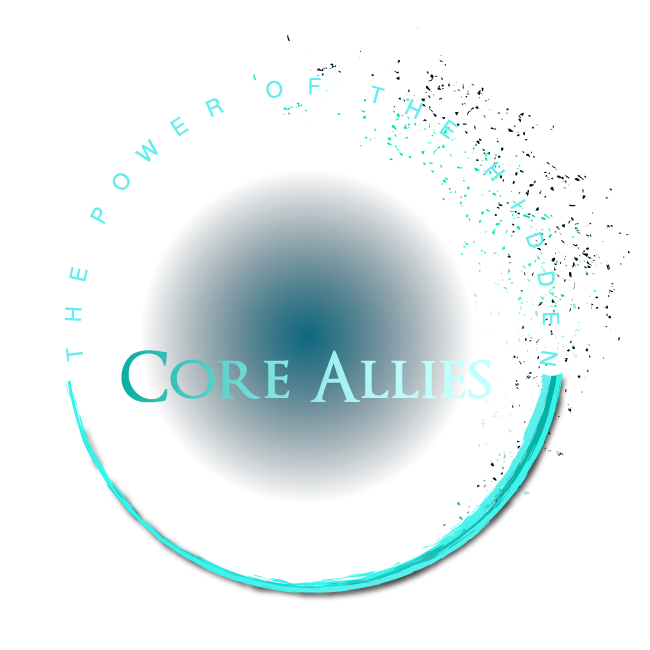What does your client or boss really need?
Jamaica, 2000.
My husband recently changed careers and became a librarian, which involved returning to school to earn a master’s degree in library science. One of the courses he took, called “Reference/Information Services,” was an introduction to being a reference librarian – the type of librarian who traditionally sits behind the reference desk and answers inquiries from library patrons. Much of the course was an introduction to the many sources, both online and in print, that a librarian can use to find answers. But he also learned about the “reference interview” – the process librarians use to understand and clarify the questions they are asked.
In library jargon, as my husband explained it to me, library patrons have “information needs” that drive them to the reference desk in the first place. But the patrons may not be able to fully articulate their needs, and it is the goal of the reference interview to elicit further information to fully understand the need. For example, in a college library it is fairly common for a student to ask for an “article” on a particular topic. A lazy librarian could appear to fulfill this request by quickly finding anything on the topic. A more conscientious librarian would first ask a series of questions to discover the underlying need that led to the question. Does the student need the article for a particular assignment? Does it need to be from a peer-reviewed academic journal, or a popular newspaper or magazine? Does the student need an article written at an introductory level or something more advanced? Does the student really need an article at all – perhaps their real question could be better answered with an encyclopedia, a book, or a web site? Only after the librarian understands the student’s information need can he or she fulfill that need.
This idea of finding out and giving people what they really need rather than what they ask for doesn’t just apply to libraries; it’s a useful skill in many areas of business. If you are a consultant hired by a client for a particular task, you may not be able to fully satisfy the client unless you dig deeper and find out what need led them to seek your help – simply giving your client what they ask for may not be the best way to keep them happy. Or if you are an employee, your manager will usually tell you what you should be doing, often by setting formal goals and objectives. But if you can find out what your manager needs – often by finding out what measures upper management is using to evaluate your manager – you are more likely to be able to keep your manager happy.
"Find out what your client or manager needs, not just what they ask for."
A colleague of mine recently told me of an experience that is a perfect example of the importance of a “reference interview.” She is a Customer Response Management specialist, meaning she is an expert on setting up call centers – the rooms full of people who answer the phone when you call a company’s support number (assuming, of course, you manage to talk to a real person). Not long ago she was contracted by a growing consumer electronics company to create and hire staff for a new customer call center.
Although my colleague had been hired to create a new call center, before doing so she talked to people in the company to find out why they needed the new center. She found that the company’s products were so successful that their current call center was swamped with calls, resulting in long waits and frustrated customers, and the company wanted the new center to help handle the load. Looking closer at the volume of calls, she discovered that most of them were being handled quickly, and a relatively small number of calls were holding everything up. The call center staff spent a disproportionate amount of time on the few really difficult customer problems – often having to put the customer on hold and track down one of handful of people in the call center who were really experts on the products.
Instead of a costly new call center, my colleague solved her client’s problem by reorganizing the existing call center. Using automated screening, difficult customer queries were routed directly to the call center’s small core of experts, while standard questions went to the rest of the staff. Simply by instituting this two-tiered approach, wait times were dramatically shortened, and the number of calls the center could effectively handle was greatly increased, at much less cost to the company than staffing another whole call center.
By conducting a “reference interview” to find out what her client actually needed, as opposed to what they told her they wanted, my colleague was able to do a better job of solving their underlying problem, and saved them a lot of money in the process.

